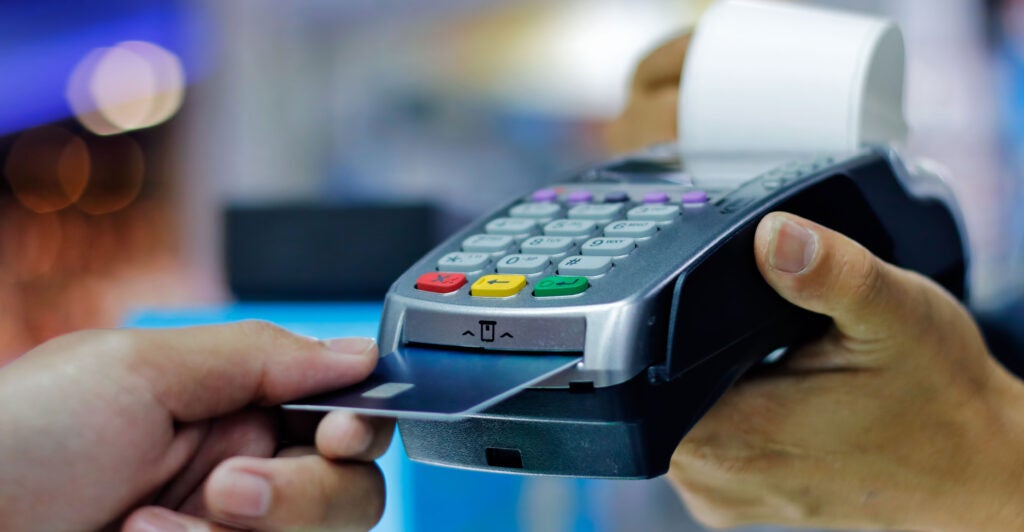Editor’s note: This is a lightly edited transcript of the accompanying video from professor Peter St. Onge.
Household debt in America just hit a new record of $140,000 per family in America.
Keep in mind that’s separate from your $280,000 share of the national debt. Or the half-million you owe in unfunded Social Security and Medicaid. All adding up to roughly five times the median net worth of American families.
The numbers come from the New York Fed, which reports that household debt hit a record $17.8 trillion, driven by rising mortgage balances, rising auto loans, and rising credit card debt.
For perspective, all the bank accounts in America hold about $23 trillion. Personal debt is at $18 trillion.
[Mortgage debt increased by $77 billion during the three-month period of April through June of this year, ending the latter month at $12.5 trillion.] HELOC debt—that is, home equity lines of credit—rose for the ninth consecutive quarter as Americans raid the piggy bank to borrow against their house at up to 11% interest. That’s close to what they charge at the pawnshop.
Credit card balances hit $1.1 trillion—a new record. Auto loans jumped to $1.6 trillion, also a new record. The only thing that went down were student loans, down a paltry $10 billion, since they’re being illegally written off to buy votes.
Beyond the numbers are the delinquencies, with people falling behind. The Fed said 90-day delinquency rates jumped to nearly 11% in credit cards, the highest since the 2008 crisis. Auto loans are less than a point shy of the peak of 2008. “Other debt” hit 8.5% delinquency, also the highest since 2008.
The only bright spot was mortgages, which aren’t defaulting because houses went up so much that nobody outside Baltimore is under water on their house.
As for those student loans, defaults are traditionally very high, roughly 1 in 10—yes, college grads are deadbeats—but currently we have no idea what the default rate is, since the Fed’s not reporting them until, by sheer coincidence, after the election.
Zooming in to the actual humans involved, last quarter, 136,000 Americans went into bankruptcy, 47,000 went into foreclosure, and roughly 6 million American households currently have a third-party collection open on them. Meaning, they’re afraid to answer the phone.
All of this, of course, is hitting the young hardest. During COVID-19, they took on debt at historic rates, and now their collapsing wages can’t even service their 24% credit cards.
I’ve mentioned in recent videos how they’re moving back in with mom and dad at rates not seen since the 1940s, and they increasingly see traditional goals like buying a house or starting a family as fairy tales from a long-lost age.
So what’s next? Since COVID-19, our economy’s running on an unsustainable debt bubble: federal debt, state debt, local debt, and, apparently, $17.8 trillion in personal debt. That’s delayed the recession, but rising delinquencies and flatlining consumer spending say the debt treadmill is running out of steam.
Alas, there’s a cavalry coming, but it’s not a good one: The same Fed study reports that credit card limits are growing more than three times faster than balances, as banks take the trillions they borrowed for nothing during COVID-19 and sell it back to Americans at 24% APR.
That means another $4 trillion in bright, shiny, 24% APR cards are standing by. If punters take the bait, it could delay or at least soften the recession—at the expense of locking millions of Americans into a lifetime of debt slavery.
We publish a variety of perspectives. Nothing written here is to be construed as representing the views of The Daily Signal.
